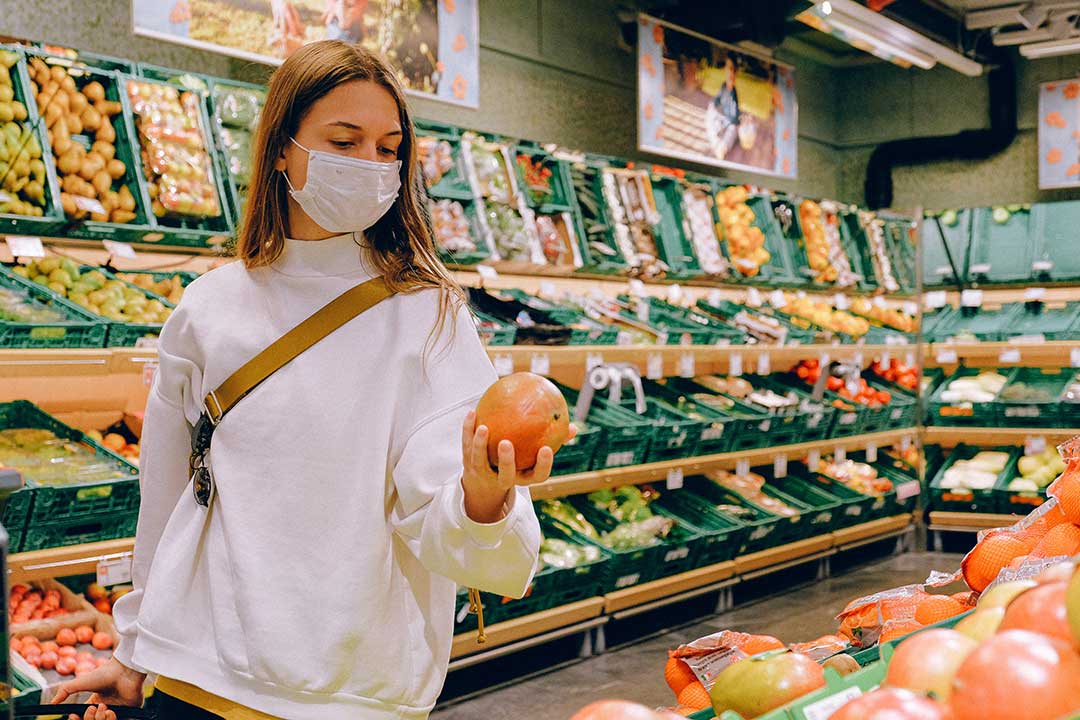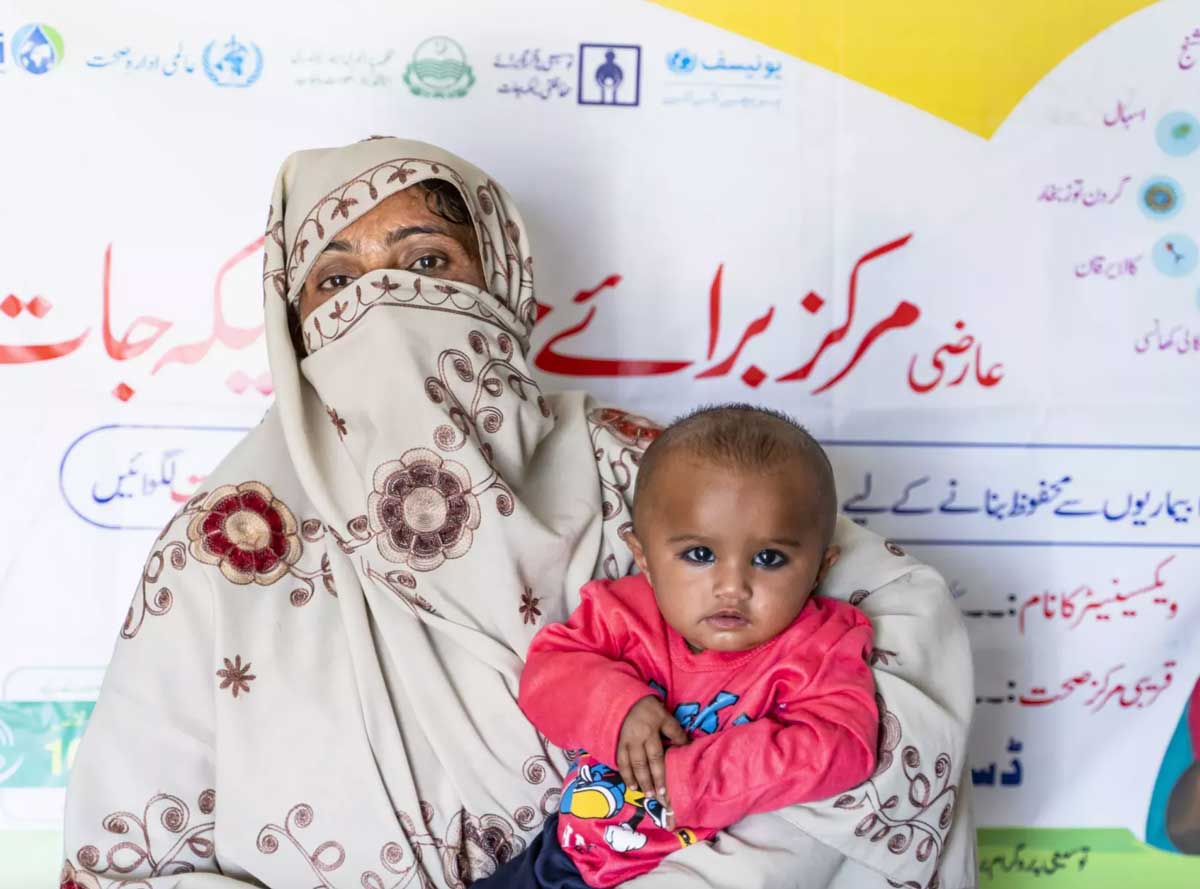Five reasons to wear a mask even if you don’t have to
Even though the pandemic is far from over, mask mandates are being lifted across the world. But here is why you shouldn’t bin your mask just yet.
First published on 25 April 2022, updated 7 September 2022
- 7 September 2022
- 6 min read
- by Priya Joi

Since the start of the pandemic, more than six million people have died of COVID-19. As much as many of us might want to move on from the pandemic, in late August this year we reached the devastating milestone of one million deaths in 2022 alone.
Despite this, mask mandates in public spaces are continuing to be lifted around the world, with most countries maintaining the compulsory use of masks only in hospitals or pharmacies. Many airlines have scrapped mask mandates too, with Spain remaining the only EU country where masks are mandatory on planes. The US Centers for Disease Prevention and Control (CDC) no longer recommend that people with COVID-19 quarantine and wear a mask for 10 full days. Under the new CDC guidelines, people can stop wearing masks sooner if they test negative on two rapid antigen tests, taken at least 48 hours apart.
Regardless of the situation, not all masks are equally effective in protecting the wearer from COVID-19 transmission. When using a mask for personal protection, a well-fitting mask shown to reduce the wearer’s exposure to small particles, such as an N-95 mask, is the best choice.
However, as mask mandates have eased so have quarantine requirements, meaning that in many countries people are not required to stay home for seven to ten days, and can instead go about their daily lives. If they choose not to wear a mask, this means we are likely interacting every day with people who have COVID-19 and who are not stopping themselves from spreading it.
Those who have long felt face masks were unnecessary have been jubilant at one more signifier of “getting back to normal”. But there is a significant proportion of people who continue to mask up, above all, those particularly vulnerable to the disease or those who live with people that are. It’s clear that perception of risk and government messaging plays into whether or not people wear masks. In Singapore, where the mandate to wear masks indoors in public places has just been lifted, many are still wearing them.
So what do you if many around you are not wearing masks but you’re still worried about catching COVID-19? Maybe you would ideally not wear them, but you’re not convinced either that it’s time to get rid of masks entirely given how high transmission is in many places. There are still situations where it is advisable to mask up – here are five examples.
1. When you’re feeling sick
You should wear a mask if you have COVID-19, whether or not you are required to. And if you have any respiratory symptoms such as a cough or sneezing, wearing a mask makes sense: if you have undiagnosed COVID-19 it will protect people around you from the virus. Even if you don’t have COVID-19 but have a bad cold or flu, it’s worth protecting people – for people with weak immune systems, these illnesses can still take a heavy toll.
2. On public transport like buses
Buses, trains and trams don’t have adequate ventilation systems to filter out pathogens like the SARS-CoV-2 virus. In cities, these modes of transport are often extremely crowded and tend to carry people travelling to provide essential services in hospitals or older people who are more vulnerable to the virus. Wearing a mask can protect these more at-risk people, but also protect you in a tightly crowded space.
Planes have much better air filtration systems than trains or buses, but nevertheless people are packed tightly together for several hours. Although most airlines don’t require passengers to wear masks, it is prudent for people to continue to wear a mask, especially for those who are older, immunocompromised or who have children who are too young for the vaccine. Even if you don’t fall into any of these categories, the high possibility of reinfection with variants such as Omicron suggests it’s sensible to wear a mask to avoid a trip being affected by having COVID-19, even if it’s mild.
Have you read?
3. At the theatre or music venue
Crowded indoor rooms in general raise the risk of COVID-19 infection, and any event where people are singing or shouting further increases that risk. New York theatres and opera houses, for example, are tending towards either requiring masks or requiring that some performances require masks whereas others don’t, as a way of catering both to people who are put off by the idea of wearing a mask and also to those who are too nervous to attend an event where many are not masked.
For the most part, the movement of air outside is enough to reduce the chances of infection. But as life begins to return to pre-pandemic activities, and music concerts and festivals are starting to be held again, the exception could be if you are at an outside music gig and right at the front near the band. Standing shoulder to shoulder with people singing loudly or screaming could make you infected if you’re there for a while, and similarly standing in a tight-knit crowd with little movement.
4. In crowded indoor shops or supermarkets
Erin Bromage, an associate professor of biology at the University of Massachusetts Dartmouth, uses a cigarette smoking analogy to assess risk in a public place. “If someone were smoking, would the smell and taste of cigarettes quickly fill the air? If yes, so would the virus.” So in a huge supermarket with high ceilings, the risk is probably low. But in stores with lower ceilings and narrow aisles, the risk is going to be higher.
5. If you haven’t had a fourth booster
While some countries such as the UK have offered a fourth booster to the general population, many other countries are only giving them to high-risk groups such as older people or those whose immune systems are compromised.
Reinfections with variants such as Omicron are much more common even when you are fully vaccinated, and COVID-19 antibody levels can wane over time. Individuals who have been recently vaccinated, including with a fourth booster, are generally the most protected. Since individuals who have not been recently vaccinated are at higher risk for infection, wearing a mask can help reduce that risk.
Regardless of the situation, not all masks are equally effective in protecting the wearer from COVID-19 transmission. When using a mask for personal protection, a well-fitting mask shown to reduce the wearer’s exposure to small particles, such as an N-95 mask, is the best choice.
More from Priya Joi
Recommended for you









